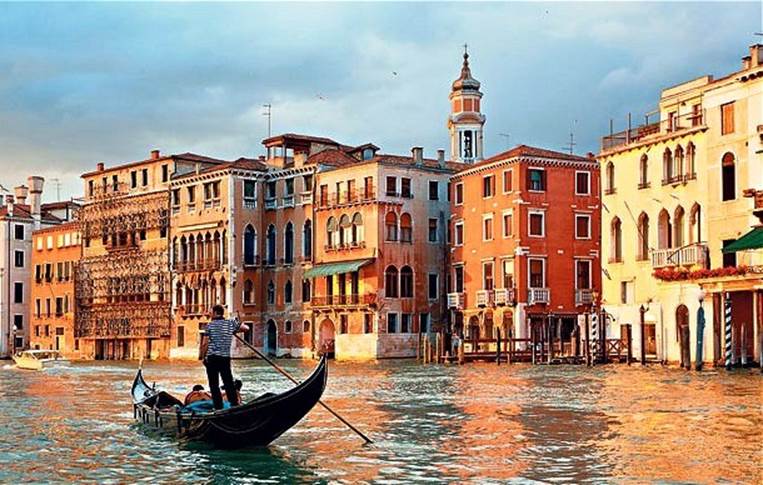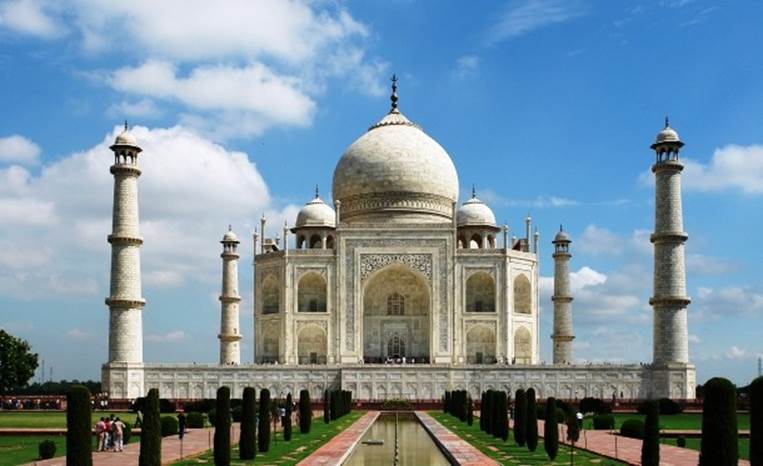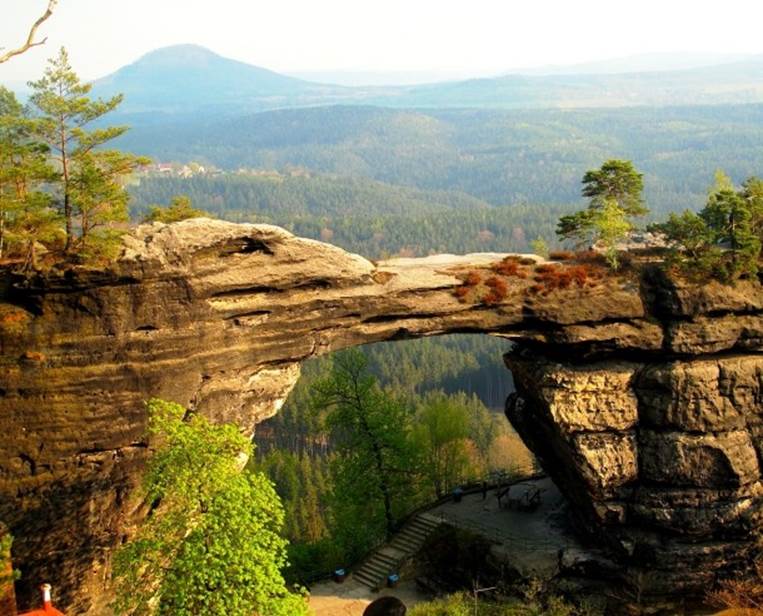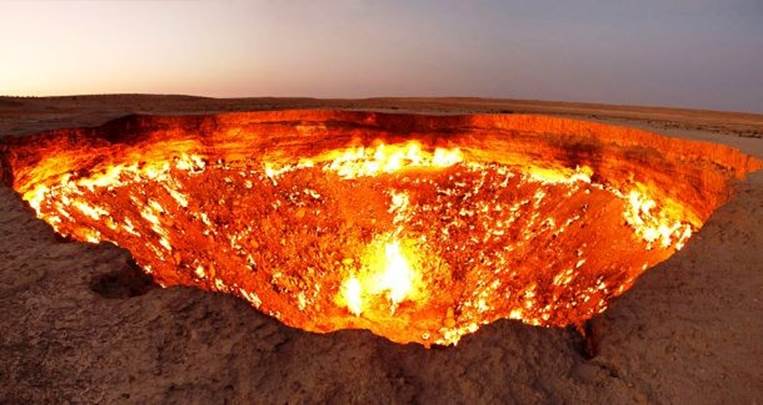PLACES THAT ARE DISAPPEARING
Added on: 17th May 2015
TAHUAMANÚ RAINFOREST, PERU

Located in the Madre de Dios region, Peru, the Tahuamanú Rainforest
is one of the largest supplies of mahogany in the world. A natural
habitat for many rare animal species such as giant armadillos, jaguars
and parrots, the rainforest has constantly been depleted by illegal logging.
The unique local ecosystem has also been damaged by gold mining
companies that have polluted the waters in the region.
VENICE, ITALY

But it’s not just natural wonders that can soon be lost forever. Rising
ocean levels has put numerous cities in danger as well. Situated in
north eastern Italy, Venice, a picturesque city famous for its romantic
atmosphere, is one of them. The exact time period in which the city
might get completely flooded is not known but some experts
suggest Venice can sink in just 50 years.
TAJ MAHAL, INDIA

A white marble mausoleum in Agra, India and one of the most iconic
structures of the country, Taj Mahal has also been facing serious
threats. Attracting over 3 million visitors per year, the site has been
permanently damaged by numerous factors including air pollution,
acid rain, disintegration of the construction materials etc. In 2010,
first major cracks appeared in some parts of the structure and they
have kept extending since then.
PRAVCICKA BRANA, CZECH REPUBLIC

Located in north west Czech Republic, the Pravcicka Brana is the largest
natural sandstone arch in Europe. During the time when this unique
rock formation was accessible to tourists, the upper part of the arch
eroded by 80 centimetres (32 inches). Since 1982, visitors have not
been allowed on the arch but the process of disintegration continues
and geologists suggest the arch might collapse within decades.
DERWEZE CRATER, TURKMENISTAN

Located in the middle of the Karakum Desert in Turkmenistan,
Derweze is a small village where Soviet geologists drilled the land in
1971 for natural gas but their rig collapsed, creating a giant hole.
To avoid poisonous gas discharge, they ignited the gas, hoping it
would burn in a few days, but the gas is still burning today. It is not
known exactly how much longer the crater, dubbed as
“The Door to Hell” will burn but it might not last long.
GREAT BARRIER REEF, AUSTRALIA

Covering an area of 344,400 sq km (133,000 sq mi) the Coral Sea off the
coast of Australia, the Great Barrier Reef, is the largest coral reef
system in the world. Climate changes, pollution and overfishing are
among the main reasons why this breath-taking structure composed of
billions of organisms, lost more than half of its corals in just about 27
years and some scientists say it can completely die out in just 40 years.
LEANING TOWER OF PISA, ITALY

In the case of the Leaning Tower of Pisa, a bell tower famous for its
striking tilt, the reason of why it might disappear soon is obvious.
With the top of the tower displaced horizontally 3.9 meters (12ft 10in) from
the centre, the tower may follow the destiny of the bell tower in Pavia,
northern Italy, which was also tilted and collapsed in 1989.
LAKE CHAD, CHAD/CAMEROON/NIGERIA/NIGER

Located at the edge of the Sahara Desert, Lake Chad is one of numerous
large lakes that might dry out soon. A source of water for about 70
million people living in the surrounding countries, the lake has already
lost as much as 95% of its volume from 1963 to 1998. Over-usage
by the locals, changes in rainfall patterns and deforestation are the
primary reason for the lake drying, however recent studies have
shown some improvement.

Comment on this